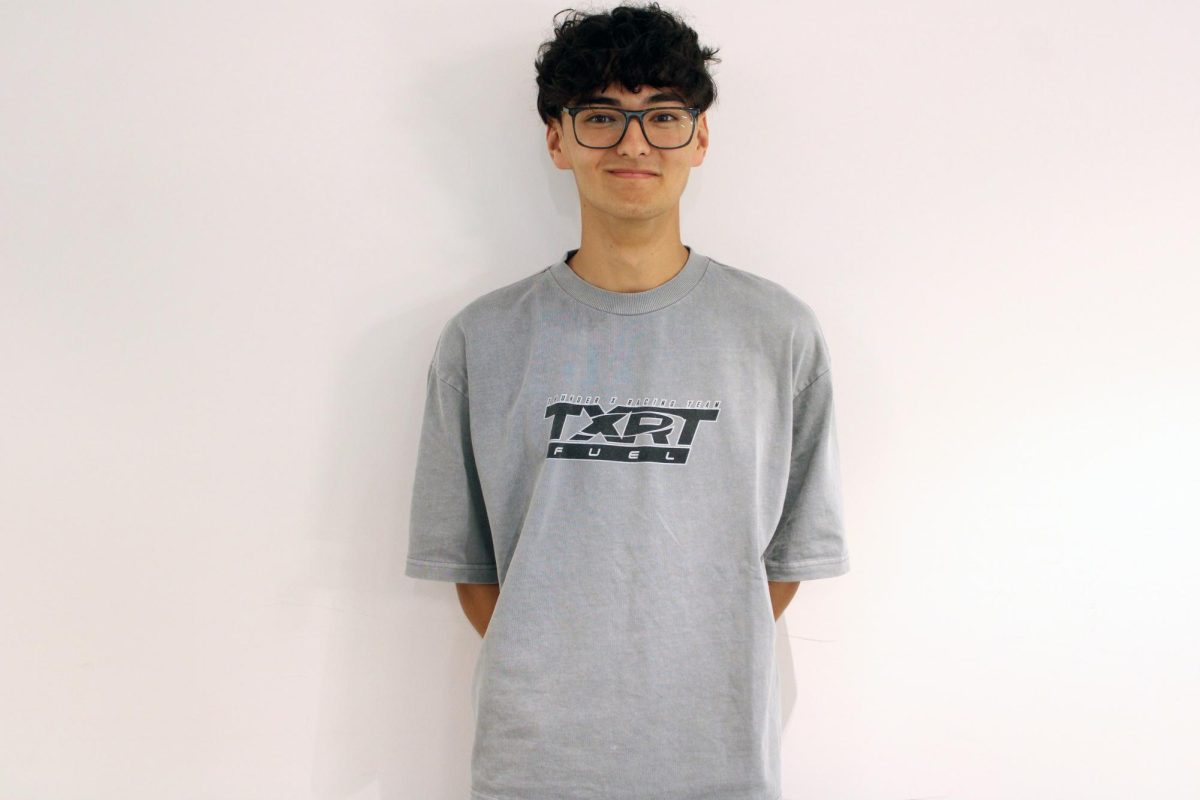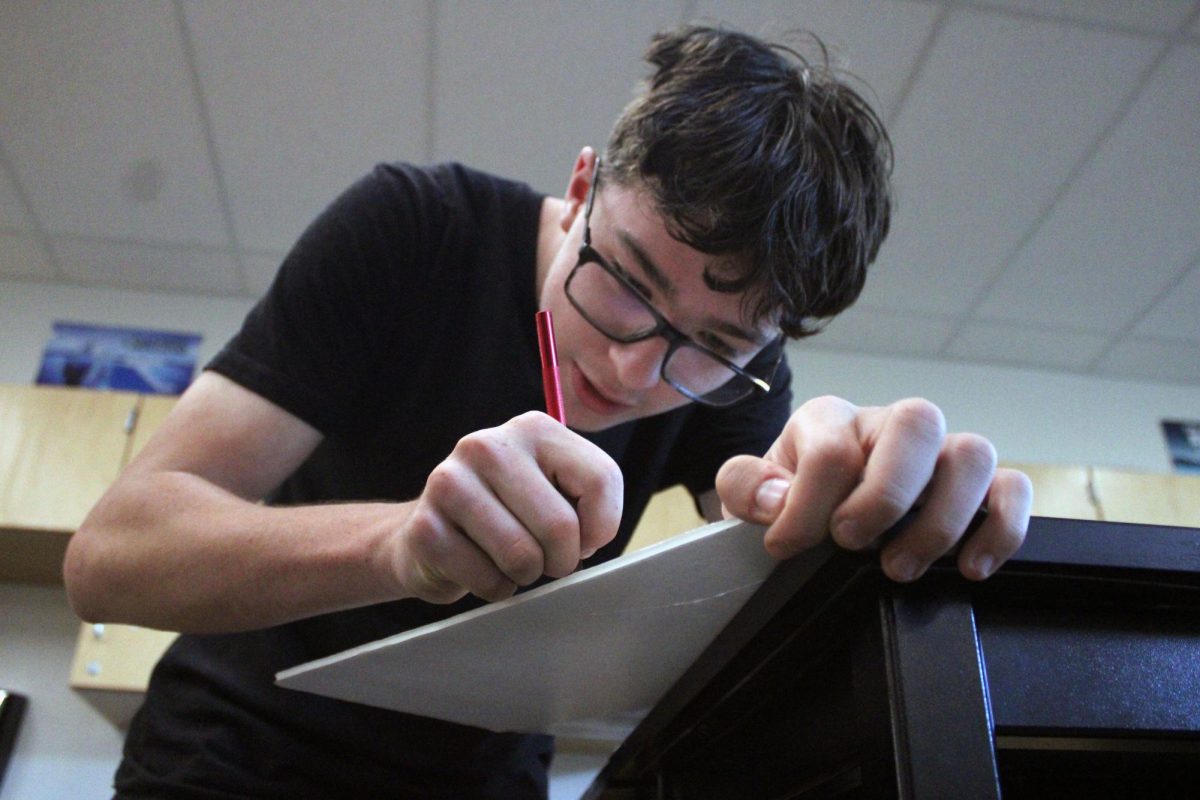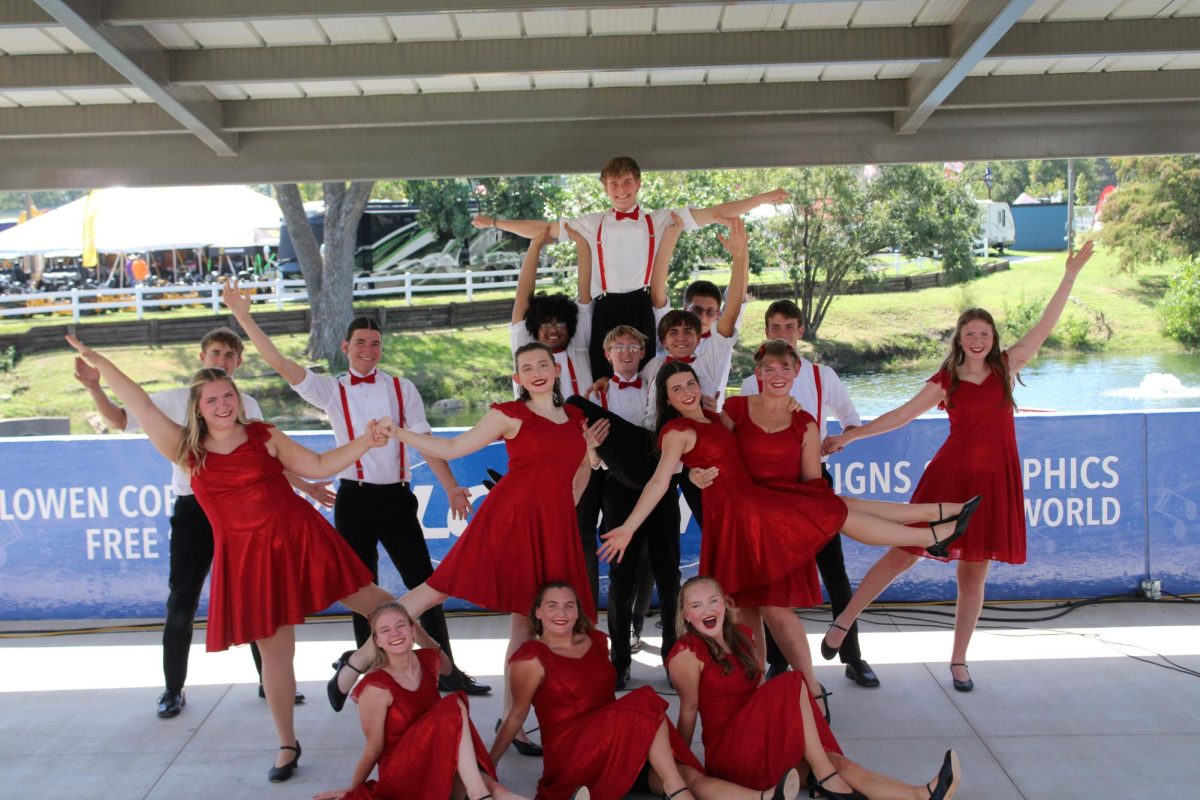Trends always seem to come back after they die off. Scrunchies were all the rage in the ‘80s and ‘90s and made a comeback in the 2010s. Low rise jeans are coming back strong after an era of high rise. And now the same is true about the ice bucket challenge.
A popular social media challenge is taking place across platforms, where people nominated by those around them must douse themselves in ice cold water. While the trend seems silly and repetitive at first, the water is supposed to shock its audience in more ways than one.
A group of students attending the University of South Carolina recently started the current ice bucket challenge to support and raise awareness for the company Active Minds and its goal in changing how mental health is viewed and supporting people who struggle mentally. The group started the challenge with the hashtag, #SpeakYourMIND, and challenged close friends to take part in the challenge as well. This trend has spread worldwide, even hitting Manhattan High, where students who are learning about mental health will get to pour freezing water on their friends.
“I want to participate in the challenge because I wanted to feel included and not be like a dead end for the challenge and just to keep it spreading,” senior Raisa Hossain said. “I was actually nominated by my friend in Wichita, so I thought it was a really cool opportunity to make it local.”
Active Minds is one of the largest US nonprofit organizations that works to transform mental health norms for young adults across the country.
“I agree that mental health should not be stigmatized, I thought it would be fun to get ice water dumped on me, and I like USC,” junior Jordy Sargent said.
This trend, as trendy as it is, isn’t original. In the summer of 2014, the ALS ice bucket challenge introduced the same rules seen in the USC ice bucket challenge. The 2014 challenge centered around the growth of ALS awareness and donation collection to use in ALS research. Amyotrophic Lateral sclerosis, more commonly known as ALS, is a nervous system disease that weakens muscles and impacts their ability to function. This trend was successful, with over 17 million participants and $125 million donations used to support people living with the disease. While there is still no cure for ALS, the challenge proves to be a great support system in the work towards finding a cure, much like how mental health will always exist in our society, but raising awareness can help control its negative effects.
“I really like how in the challenge people are talking about the original ice bucket challenge and so I was actually able to learn more about ALS, which was the disease that the challenge is originally for and now it’s for mental health,” Hossain said. “I think this helped to spread the word about different causes because it confuses you at first and then it encourages you to do more research and find out more information.”





